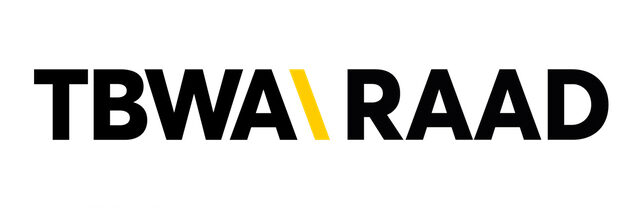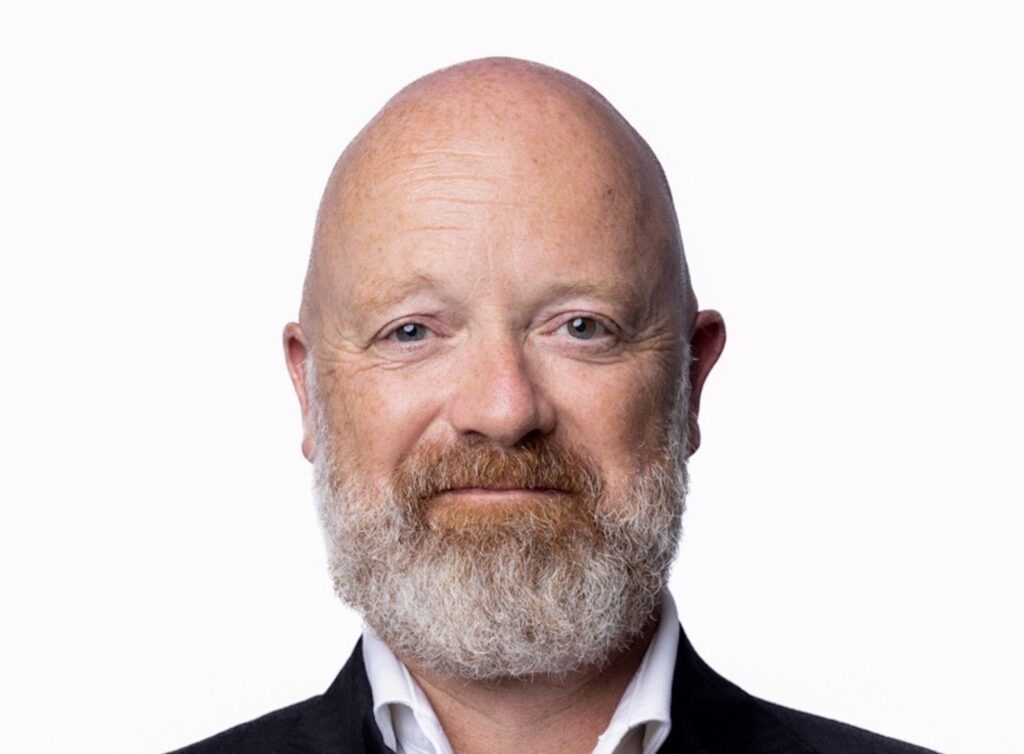Yahoo, LinkedIn and mobile network AdFalcon recently introduced native ad formats in the MENA region. In theory, these formats seamlessly integrate commercial into editorial content. In practice, native advertising sounds an awful lot like – and is often confused with – sponsored and branded content, and even good ole advertorials. We ask the experts: Harvey Bennett, managing director at RBBi; Kavita Dhayni, head of media at Havas Digital UAE; Hussein Freijeh, managing director at Yahoo! Middle East and Africa; Karim Khalifa, CEO of Digital Republic; Ziad Khammar, strategy and development director at Digital Media Services (DMS); Farhad Miah, director at Performics MENA, VivaKi; and Pawan Setpal, director at Clique Media.
What is native advertising?
Ads that are delivered in a format that looks and behaves like the content around it. It is designed to feel less intrusive, enhance the overall user experience and increase the likelihood that a user will interact with the ad – Freijeh
It could include sponsored tweets, promoted videos on YouTube, sponsored stories on Facebook and even search ads, full-page ads between [social news aggregation magazine] Flipboard pages and sponsored content on websites – Dhayni
The definition remains largely unconfirmed. Native advertising is any advertising that is able to fit seamlessly and cohesively into the design of the given advertising environment – Miah
Popular examples are search and social ads [that] look exactly like the organic results, ensuring that the ad is in the reader’s line of sight. When it comes to original media, native advertising becomes exciting as it evolves into branded content, where both the publisher and advertiser collaborate to create paid content – Khammar
Not to be confused with…
Advertorials
Advertorials could be considered a form of native advertising – Setpal
Native goes beyond advertorial, whether it’s a search ad that appears alongside search results, or [sponsored content that is shown] alongside editorial content, or provides users with suggestions on other content [of their interest] – Freijeh
Branded content
Branded content is when a brand pays a publisher to attach its name to a piece of content that is created by the publisher itself. For the most part, brands do not get a say in the details of that content – Setpal
Native advertising is the evolution of branded content, whereby the creation of sponsored or branded content is as important as its delivery and reporting. Branded content is currently the best solution to reaching multiple channels, [and] native advertising quantifies the delivery of this content by impressions, number of page views, number of shares, post-click activity and much more – Khammar
Common misconceptions
Expensive and difficult. Wrong:
As with anything, you control the level of depth or complexity. [Similarly], developing a mobile rich media ad needn’t be prohibited by cost. If you want that ad to connect to Instagram, expect the cost to increase – Bennett
Users won’t adopt it. Wrong:
The consumer of today is intelligent and will surely engage with useful content. Brands can be upfront and honest about their content, and consumers will still read and click on it – Dhayni
In the US, research indicates that there is a big increase in engagement, brand awareness and performance – including a 46 percent lift in purchase intent – for mobile native ads – Freijeh
If the content is useful, entertaining or informative, then there is no reason for audiences to ignore it. In fact, this allows brands to connect with their consumers and build loyalty – Setpal
The native ad is as valuable to the user as the primary content with which it is being integrated. The consumption time or the attention it gets should equate or even supersede that of the primary content being consumed – Khalifa
The ideal approach is to collaborate and create unique content that will be exciting or informative to readers that would want to consume [and share it]. Only original content producers know what their readers want – Khammar
Premium and exclusive to publishers. Wrong:
There are three types of platforms for native ads: closed platforms, such as Facebook and Twitter, open platforms, such as Google Adwords, and hybrid platforms – typically through ad exchanges or RTB [real-time bidding] – Bennett
Regional applications
On [cooking portal] Shahiya, DMS produced several video recipes subtly showcasing the use of Al Walimah rice as a prime ingredient in Gulf-specific dishes. Within a handful of posts on dishwashing tips in its blog section, Shahiya also tactfully mentioned Fairy Platinum as a product to use – Khammar
Yahoo! is working with its clients, such as Souq.com and Citibank, through [its native ad offering] Yahoo! Stream Ads, across Yahoo! Maktoob on desktop, tablet and mobile –Freijeh
Regional prospects
We’re still very far away from getting this right in our region. Content still tends to be an afterthought here – Setpal






